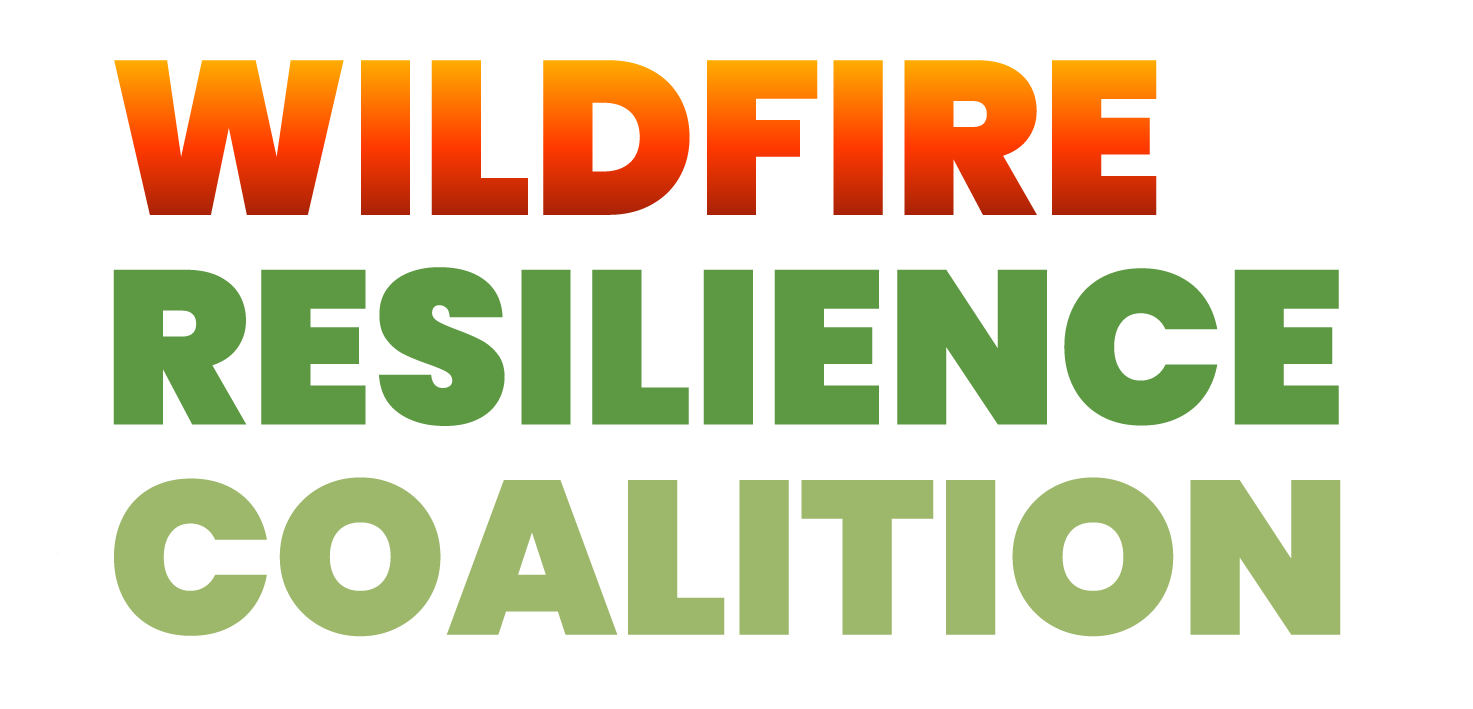Resilient Landscapes and Fire Adapted Communities
Wildfire resilience refers to a suite of actions taken to prepare for, recover from, and reduce the risks and impacts of increasingly severe wildfire events. The 2014 National Cohesive Wildland Fire Management Strategy established three overarching goals aimed at fostering resilient landscapes, fire adapted communities and a safe and effective wildfire response.
Wildfire resilience focuses on actions taken before and after fires for these first two goals. Decisions made and actions taken in wildfire response (suppression) have significant, and perhaps outsized, impacts on wildfire resilience. Wildfire suppression programs and policies have traditionally exhibited several desirable qualities lacking in the Cohesive Strategy’s other focal areas. Focus on the other goals of the Cohesive Strategy through coalition efforts can help draw out lessons learned from wildfire suppression applicable to fostering resilient landscapes and fire-adapted communities.
Resilient Landscapes
Resilient Landscapes are defined in the 2014 National Cohesive Wildland Fire Strategy:
“Landscapes, regardless of jurisdictional boundaries are resilient to fire, insect, disease, invasive species and climate change disturbances, in accordance with management objectives.”
© Erika Nortemann/Courtesy The Nature Conservancy

Fire Adapted Communities
Fire-Adapted Communities are defined in the 2014 National Cohesive Wildland Fire Strategy:
“Human populations and infrastructure are as prepared as possible to receive, respond to, and recover from wildland fire.”
